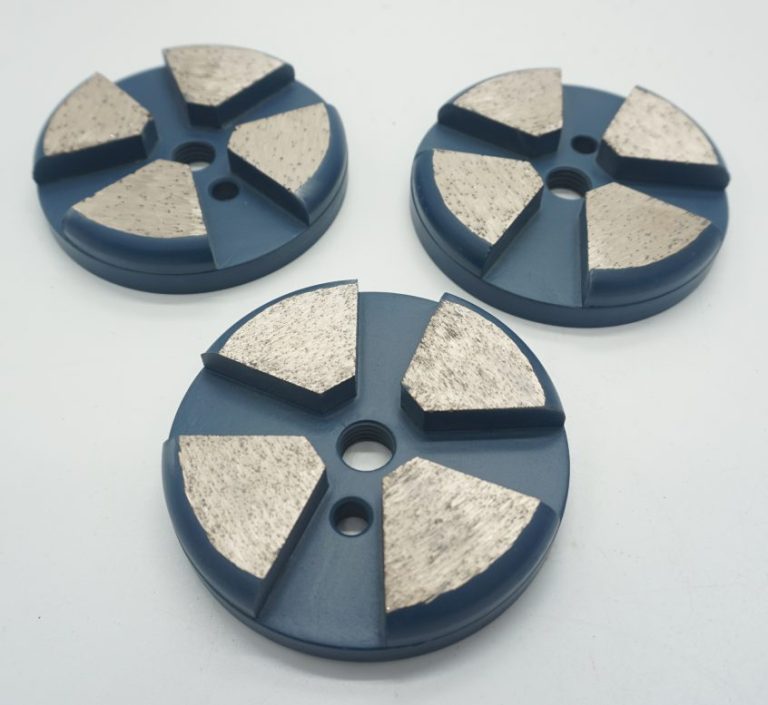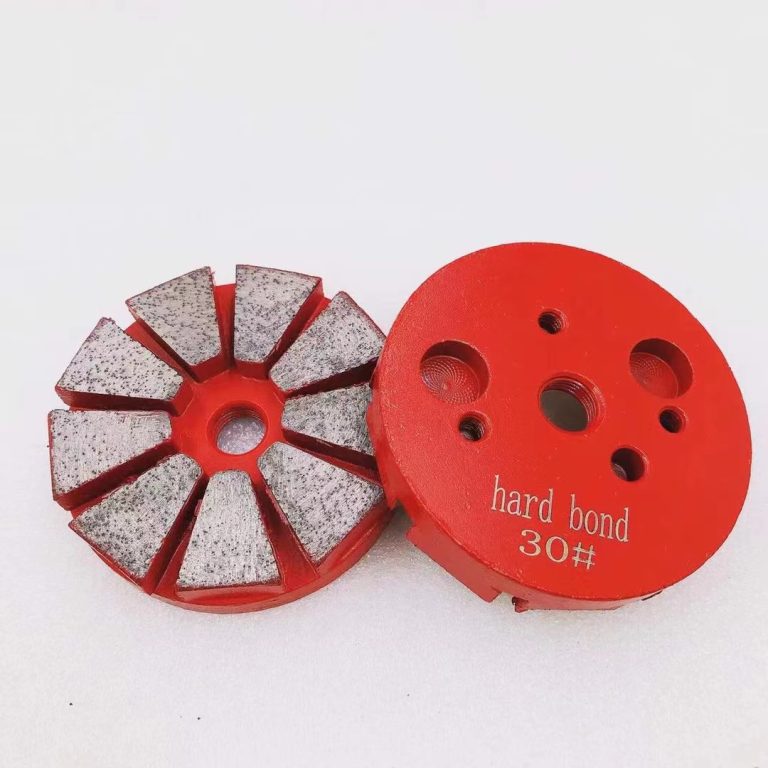How Diamond Tools Work
Diamond tools are widely used in cutting, grinding, and polishing applications due to their exceptional hardness and durability. These tools operate based on a set of universal principles that apply across various bond types, including sintered (metal bond), resin bond, nickel bond, brazed bond, and vitrified bond. Below is a detailed explanation of their working mechanism:

1. Core Mechanism: Diamond Crystals and the Bond Matrix
At the heart of diamond tools lies the bond matrix, a composite material that holds diamond crystals in place. As the tool rotates, energy from the machine motor transfers to the embedded diamond crystals. These crystals, which are exposed at the tool’s surface, interact with the workpiece material, grinding or fracturing it at a micro/nano level. This process generates fine powder, effectively removing material through a combination of abrasion and microfracture.
Each diamond crystal is supported by a “cornet’s tail”—a reinforced structure within the bond matrix. This tail distributes mechanical stress and prevents premature dislodgement of the diamond, ensuring efficient material removal.

2. Diamond Wear and Fracture Dynamics
Exposed diamond crystals undergo continuous stress during operation. As they cut into the material, they crack or fracture into smaller fragments. The rate of diamond wear depends on several factors:
– Material hardness: Harder materials accelerate diamond fracture.
– Operational parameters: Rotational speed, feed rate, and applied pressure.
– Tool composition: Diamond grits, coatings, bond hardness, and coolant usage.
The bond matrix gradually wears away through abrasion, exposing fresh layers of diamond crystals. This self-sharpening process ensures sustained cutting performance until the tool is depleted.

3. Tool Degradation and Overheating Risks
A diamond tool becomes “worn out” once its bond matrix and diamonds are fully consumed. However, overheating poses a critical risk during operation. Excessive heat causes the bond matrix to glaze over, covering the diamonds instead of wearing away.
When this occurs:
– The bond matrix itself becomes the cutting agent, generating more heat due to inefficient material removal.
– Diamonds loosen and fall out prematurely, reducing tool lifespan.
– Thermal stress can induce cracks in the diamond crystals or the bond matrix, leading to catastrophic tool failure.
To mitigate overheating, proper coolant usage, optimized feed rates, and compatible bond-material pairings are essential.

Conclusion
Diamond tools rely on a delicate balance between diamond fracture and bond matrix wear. Their efficiency stems from the synergy between hard diamond crystals and a tailored bond system. Understanding these principles helps operators maximize tool lifespan, maintain cutting precision, and avoid heat-related failures. By selecting appropriate bonds, operational parameters, and cooling strategies, diamond tools can achieve unparalleled performance in demanding industrial applications.




